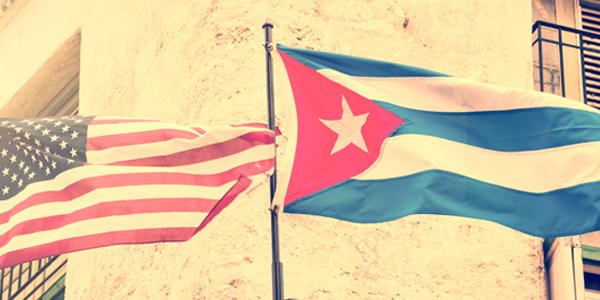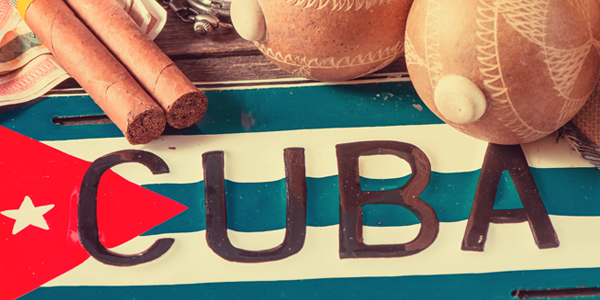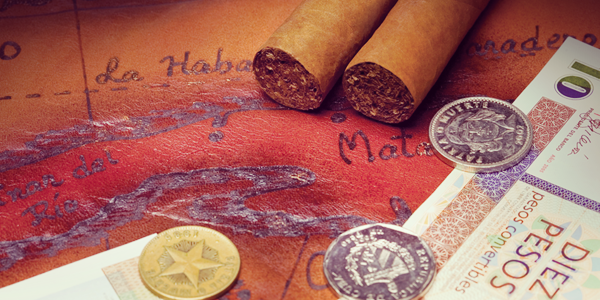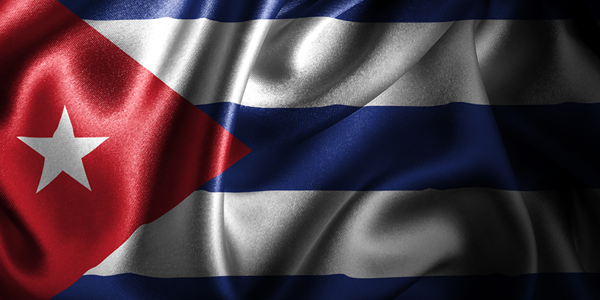History of Cuban and US Relations
As relations between the United States and Cuba continue to thaw, it’s important to revisit the history between the two countries. Long before the Castro regime, the U.S. and Cuba had a history together, with the United States playing a key role in Cuba’s socio-political and economic growth.
With embargos being lifted in recent years and with a new Cuban president in office, people around the world are hopeful that the ease in tensions develops into a mutually beneficial diplomacy – getting back to where U.S. and Cuban relations had been earlier in the 20th century. Let’s take a look back at the shared history of these two nations with an eye to the future of Cuban-American relations.
The Cuban Revolt
The latter half of the 19th century saw Cuba embroiled in a trio of military conflicts to declare its freedom from Spain. The third conflict, known as the Cuban War of Independence (1895-1898), marked the historical point when the United States formally intervened on Cuba’s behalf against the Spanish empire.
The final three-month period of the war is remembered as the Spanish-American War, which kicked off with the sinking of the USS Maine in Havana Harbor. Soon after, Theodore “Teddy” Roosevelt and his Rough Riders participated in the battles for Kettle Hill and San Juan Hill.
The Cuban revolt had garnered earlier Stateside support, with some comparing it to the American Revolution. However, the loss of the Maine was leveraged by publishing magnates William Randolph Heart and Joseph Pulitzer. News stories drew public interest into a decidedly pro-Cuba stance.
At this point, the United States was formally at war with Spain with Cuba as the prize, though historians continue to debate whether US motives were predominantly humanitarian or strictly commercially-based.
Moving Forward
Spain’s defeat culminated in the Treaty of Paris, (signed in December 1898, and ratified in February 1899), which granted official (albeit temporary) control of Cuba to the United States. Additionally, ownership of Puerto Rico, Guam, and the Philippine islands was ceded to the U.S., giving the American government and military a strong foothold in the Caribbean and the Pacific.
Although the U.S. had promised that it would not annex Cuba, The Platt Amendment of 1901 stipulated that the United States could review and override important decisions by Cuba’s government.
Shortly after, in 1903, Cuba leased land to the United States for naval bases. The most well-known of these bases was (and still is) Guantanamo Bay. The U.S. has complete control over “Gitmo,” however, it is still Cuban land and subject to Cuban sovereignty.
Over the next two decades, the U.S. became heavily involved in Cuban affairs and had set its eye on Cuban commerce.
Batista and Castro
The initial step toward latter day U.S.-Cuba relations came in the 1930s, with the rise of the military and the political emergence of Fulgencio Batista. Batista would serve as Cuba’s president from 1940-1944, then again from 1952-1959. He established himself as Cuba’s strongman with backing from the U.S. government.
Battista’s second presidential tenure was fraught with controversy and challenges from various opponents, including Fidel Castro, Che Guevara, and their rebel guerrillas. In 1958, U.S. aid to Batista ended, ushering in the beginning of a longstanding U.S.-Cuba embargo.
One year later, Castro toppled Battista, officially ending the six-year Cuban Revolution. It was at that moment in January 1959, that Castro and Cuba would become synonymous for the next 50 years.
The Kennedy Years
In 1960, when Cuba nationalized all U.S. businesses without compensation, relations between the two former allies took a seemingly permanent turn for the worse. Diplomatic contact was broken off and an expansive trade embargo was fully implemented. These actions isolated Castro and his Cuba from all previous American political and economic support.
Anti-Castro sentiment in the U.S. government was strong enough to back the failed Bay of Pigs invasion in 1961, followed by the start of the Cuban Missile Crisis, as Castro granted the Soviets permission to deploy nuclear missiles on his home turf.
From that point, U.S.-Cuba relations deteriorated to what appeared to be a point of no return, with Castro committed to a pro-Socialist/anti-capitalist ideology for his country.
Cuban & U.S. Relations: 1980s to Present
Throughout the 1980s, 1990s, and 2000s, the existing trade embargo was alternately strengthened and lessened, depending upon changing U.S. presidential administrations.
These fluctuations in policy affected stances on refugees, currency, and humanitarian aid. The past decade has seen further steps taken to erase U.S.-Cuba tensions. Restrictions on travel have lessened and now, U.S. visitors to Cuba are able to legally bring back quantities of Cuban cigars and rum, so long as they follow current guidelines enforced by U.S. Customs. Additionally, business licensing and limited manufacturing interests may be in the works between the two nations.
The Future of U.S. and Cuban Relations
A tentative optimism surrounds the future of U.S.-Cuba relations, largely due to a changing of the guard with Raul Castro (Fidel’s brother) having stepped down as President. Any animosity between the two countries has gradually diminished with time and recent developments show that the former allies-turned-adversaries may indeed be able to return to friendlier dealings.






